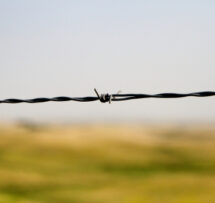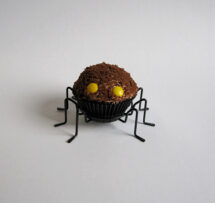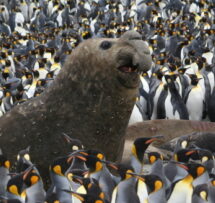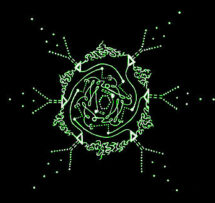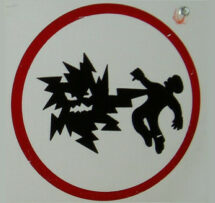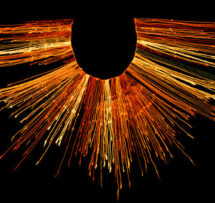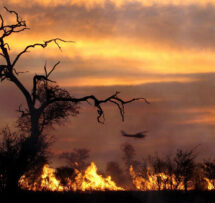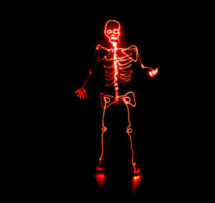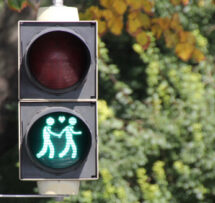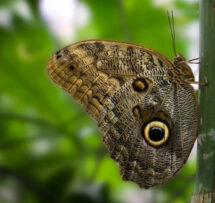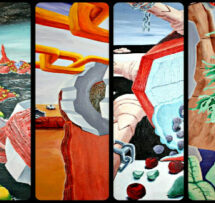Thunderbolts and lightning, very, very frightening? Investigating and understanding lightning

Why do we get lightning? Does lightning strike the same place twice? Does Johannesburg have the most lightning in the world? Are we, in fact, getting more lightning?
How does lightning injure, or even kill people, and what can we do about it?
Lightning is an impressive and dramatic phenomenon. But the form it takes is determined by a process that is not visible to the human eye. In this episode of Science & Cocktails Johannesburg, Ian Jandrell will make the invisible visible by explaining why, and how, lightning forms, and why objects on the ground actually attract lightning.
Prof. Jandrell will explain the leader mechanism of breakdown in air and show some remarkable images of lightning formation. He will also describe the six mechanisms of lightning injury – two of which have a very close association with research undertaken in South Africa since 2000. During this evening's presentation, we will also have an opportunity to review the very latest data from the South African Lightning Detection Network (SALDN) and find out what it tells us about lightning activity over the subcontinental region.
Afterwards, energising cocktails at the bar while Masechaba and The Soul Peanuts treat us to an electrifying mix of Afro-Soul, Neo-Soul and Jazz.

Ian Jandrell
Thunderbolts and lightning, very, very frightening?
Why do we get lightning? Does lightning strike the same place twice? Does Johannesburg have the most lightning in the world? Are we, in fact, getting more lightning?
How does lightning injure, or even kill people, and what can we do about it?
Talk by
Ian Jandrell
Ian Jandrell is Dean at the Faculty of Engineering and the Built Environment at the University of the Witwatersrand and also holds the CBI-electric Chair of Lightning at the School of Electrical and Information Engineering at Wits. His research interests include high-voltage engineering, electromagnetic compatibility, lightning, earthing and lightning protection, as well as software engineering.

Music by
Masechaba and The Soul Peanuts
Masechaba Phakela is a young black female South African musician, gifted in singing and playing the piano. Her music consists of original pieces/songs, that reflect her South Sotho roots, through language and compositional styles and techniques. Her compositions and performances are a hybrid of Afro-Soul, Neo-Soul and Jazz, where current social issues are presented, mainly the empowerment of women. MOSADI RAMATLA! "There is no force equal to a woman determined to rise" -Dubois Masechaba and the Soul Peanuts is composed of Masechaba Phakela (vocals), Yonela Mnana (piano), Amaeshi Ikeshi (bass) and Siphiwe Shiburi (drums), with backing vocals by Thulisile Msezane and Phumele Mzimela.



